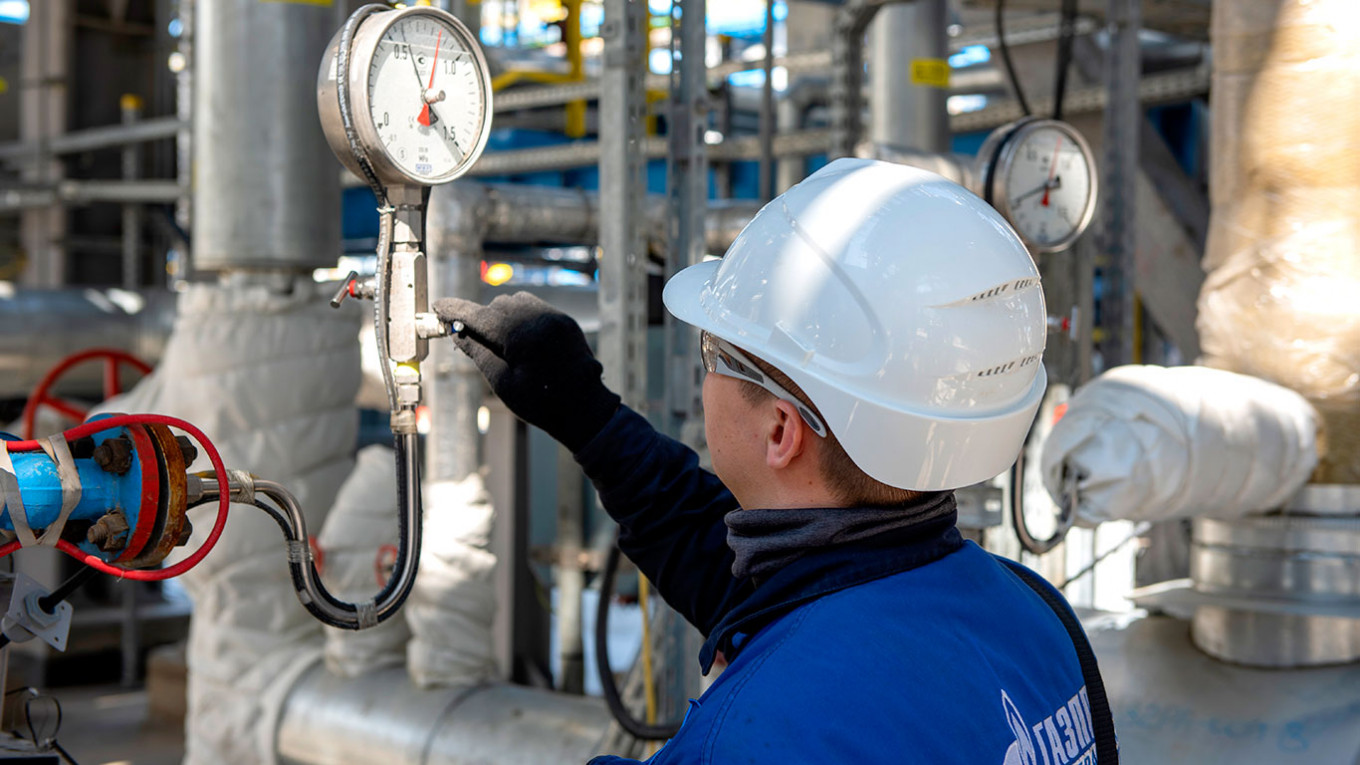In the realm of energy infrastructure, gas distribution installations stand as the vital arteries that ensure the steady flow of natural gas from source to consumer. These systems, comprising an intricate network of pipelines, regulators, meters, and safety mechanisms, have evolved significantly in recent years, leveraging cutting-edge technologies to enhance safety, efficiency, and sustainability Oxygénothérapie.
The Evolution of Gas Distribution Installations
Traditionally, gas distribution installations were built using rigid materials like steel or iron. However, advancements in materials science have paved the way for the integration of high-density polyethylene (HDPE) pipes. These modern pipelines offer superior durability, resistance to corrosion, and flexibility, allowing for easier installation and reduced maintenance.
Furthermore, the advent of smart sensors and monitoring devices has revolutionized gas distribution systems. These sensors, embedded throughout the infrastructure, continuously collect data on pressure, temperature, and flow rates. Artificial intelligence and machine learning algorithms analyze this real-time information, enabling predictive maintenance and swift identification of potential issues, thereby preventing accidents and minimizing downtime.
Safety and Regulatory Compliance
Safety remains the cornerstone of gas distribution installations. Stringent regulations govern these systems, ensuring the highest standards of safety and environmental protection. Pressure regulators and safety valves act as guardians, controlling the flow and pressure of gas within permissible limits. Moreover, automated shut-off systems swiftly respond to anomalies, preventing potential hazards.
To enhance safety measures further, the incorporation of remote monitoring and control systems has become prevalent. Operators can now remotely oversee and manage the entire network, promptly addressing any irregularities and optimizing operations without physical intervention.
Sustainability and Environmental Responsibility
Amid a global push for sustainability, gas distribution installations have embraced eco-friendly practices. Methane detection technologies, for instance, play a crucial role in minimizing methane emissions—a potent greenhouse gas. Advanced leak detection systems swiftly identify and address leaks, significantly reducing environmental impact.
Additionally, the integration of renewable energy sources within gas distribution networks marks a progressive step towards a more sustainable future. Biomethane, derived from organic waste, is injected into these systems, blending seamlessly with natural gas and reducing reliance on fossil fuels.
Future Prospects and Innovations
Looking ahead, the future of gas distribution installations is marked by continuous innovation. The integration of blockchain technology is on the horizon, promising enhanced security and transparency in transactional data across the gas supply chain. Furthermore, the utilization of drones equipped with specialized sensors for pipeline inspection is set to revolutionize maintenance practices, enabling swift and comprehensive assessments.
The convergence of Internet of Things (IoT), big data analytics, and artificial intelligence will usher in an era of unprecedented efficiency, where predictive maintenance becomes more precise, minimizing downtime and optimizing resource utilization.
Conclusion
Gas distribution installations, once conventional and static, have transformed into dynamic, intelligent systems, embracing technological advancements for heightened safety, sustainability, and efficiency.
